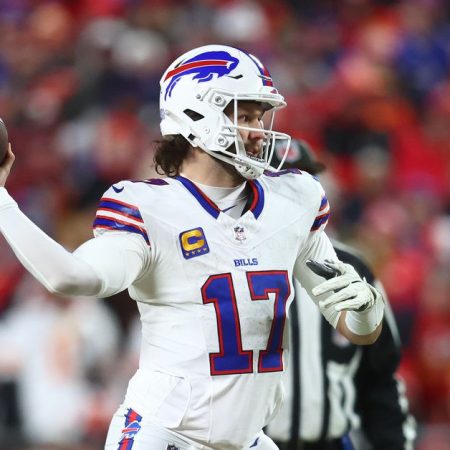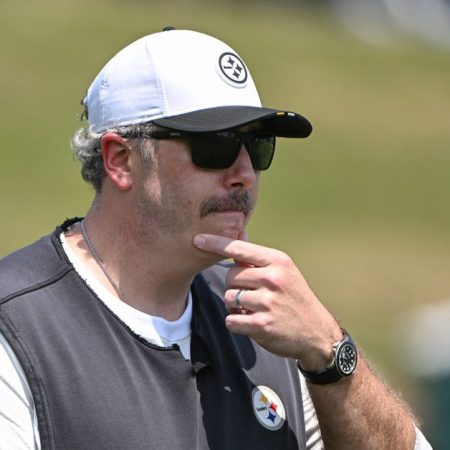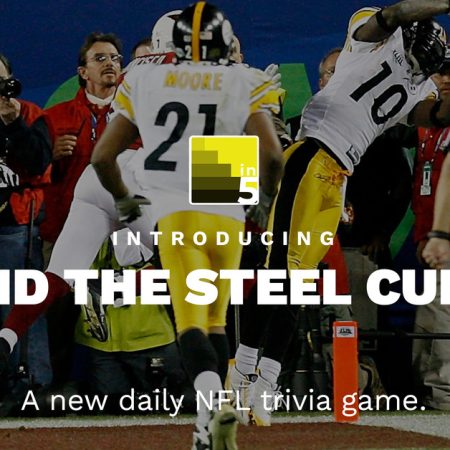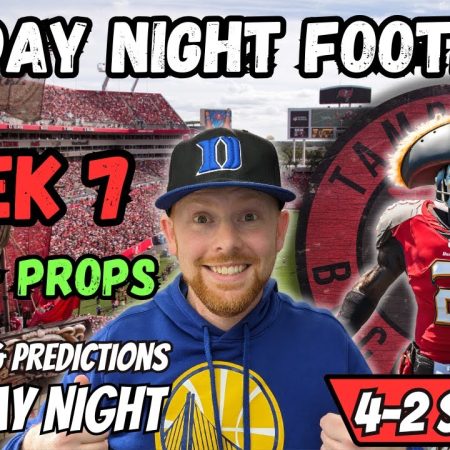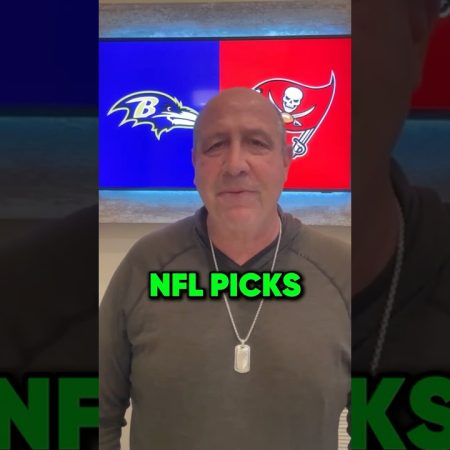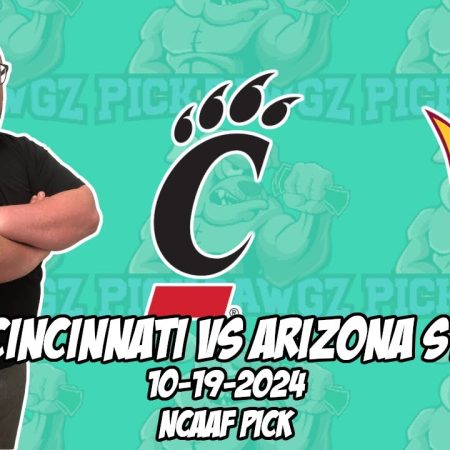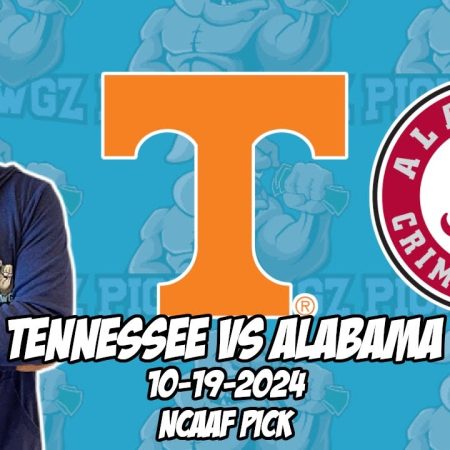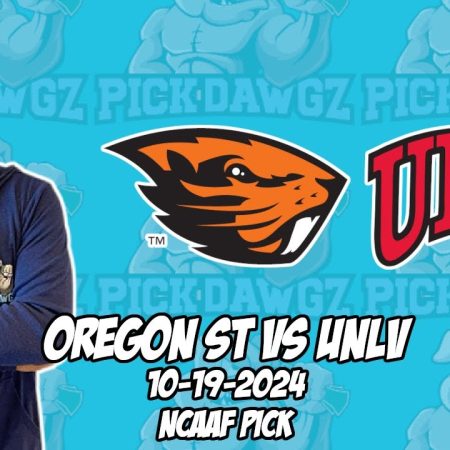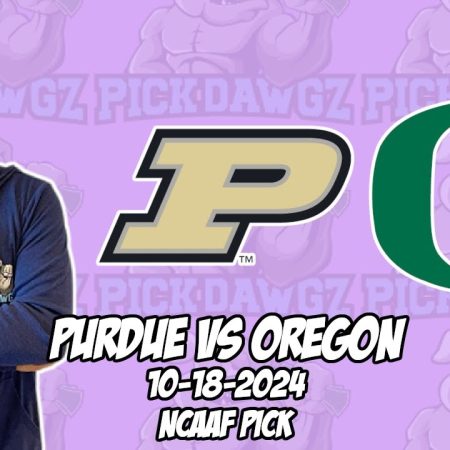As the Pittsburgh Steelers celebrate the 50th anniversary of their 1974 Super Bowl-winning team, one story from that season is getting a little glossed over. That year, “Jefferson Street” Joe Gilliam became the first black quarterback of the modern era to earn a team’s starting job before the season began. Gilliam led the Steelers to a 4-1-1 start. But despite his winning ways, head coach Chuck Noll replaced Gilliam with Terry Bradshaw on the road to Pittsburgh’s first championship. For over a decade, documentary filmmaker Dexter Rogers has been spreading the word about Gilliam’s groundbreaking season.
“Gilliam’s story represents the missing pages from the Steelers’ glorious past,” Rogers says. “Until you insert those pages and what he did in that ‘74 season and prior to that, and being a trailblazer, the story continues to be, in my eyes, incomplete.”
The Steelers selected Gilliam in the 11th round of the 1972 NFL draft. Although the Steelers already had former number one overall pick Terry Bradshaw, Bill Nunn convinced Noll to take Gilliam because he was the best player available at pick 273.
“They were very similar in terms of talent, particularly arm strength,” Rogers says. “Joe had a quicker release. The one glaring difference between the two was the physical stature. Joe was very slender in his build. He was mobile, but he wasn’t a runner. Compared to Terry Bradshaw, who was bigger and stronger and could run the ball a little more effectively. But Joe was a prototypical pocket passer, and Terry was a little bit versatile with respect to being able to run.”
Noll named Gilliam the starter before Week 1 in 1974. There was a players’ strike that summer. Bradshaw honored the picket line, skipping the first week of camp. Gilliam was there from the start. Some say that was a factor in Noll’s decision, but Rogers says it played zero role in the quarterback battle.
“I’ve interviewed a plethora of players and we spoke specifically regarding that,” Rogers says. “Joe simply went into training camp and beat out everybody. You have to look at the societal conditions as they persisted in 1974. That’s just six years after Martin Luther King was assassinated. You had the boycott in the 1968 Olympics. Arthur Ashe was the first black man to win a U.S. Open tennis tournament, so that’s just six years removed from some major things that took place in society and sports with respect to race. So you have a black quarterback in Joe Gilliam supplanting a white number one overall draft pick who couldn’t get the job done. When you couple the societal conditions and the lack of diversity in the media, it fostered a negative climate and environment for such narratives to persist.”
In Week 1, Gilliam started slow in the first quarter, drawing boos from fans at Three Rivers Stadium. He finished the game 17/31 for 257 yards, two touchdowns, and an interception in a 30-0 shutout against the Baltimore Colts. That performance earned Gilliam a cover story in Sports Illustrated.
Sports Illustrated 9/23/74
A week later in Denver, Gilliam was 31/50 for 348 yards and a touchdown. He brought the Steelers back from a 21-7 deficit, but the game ended in a 35-35 tie. Pittsburgh had a chance to win in regulation, but a game-winning 25-yard Roy Gerela field goal attempt was blocked.
Some would say Gilliam was throwing the ball too often and this performance foreshadowed his eventual benching in Week 7. However, the Steelers were still averaging 37 rushes per game under Gilliam. It slightly increased to 41 with Bradshaw under center. Rogers says claims of an offensive imbalance are not a fair criticism.
“It’s a narrative that the media projects to protect the story that they want everybody to embrace,” Rogers says. “The bottom line is this. They didn’t run the ball significantly more when Bradshaw took over the job. More importantly, you had a six-game preseason and a six to seven-game sample size in the regular season. Why would Noll give him the job if he thought Joe threw the ball too much? He was throwing it the same amount in preseason. So when you look at the facts, that narrative just doesn’t stand up.”
In Week 3, the Oakland Raiders shut out the Steelers for the season’s first loss. Gilliam admitted that after the game, he first snorted heroin to deal with the pain he suffered during play. But Rogers says it’s unfair to call him an addict at that point.
“Drugs were a factor,” Rogers says. “But a lot of people were writing stories back then. They tried to disseminate the message that he was just a junkie, and Joe liked to party. Or he got mixed up with the wrong crowd, and it affected his play. That wasn’t it at all after that.”
Rogers says Gilliam’s body was beat up after facing players like 6’4” Otis Sistrunk and he was looking for something that could keep him from missing practice. Plus, he and his family were facing a lot of race-based turmoil.
“He was getting tons of hate mail from fans,” Rogers says. “It got so bad that he even had to move his family from Pittsburgh back to Nashville. So, on top of all of that stuff off the field, now he’s banged up on the field, and he knows that if he doesn’t practice, he’s not going to play. And he took (heroin), and he was able to continue on for a couple of games, but then after the benching, that’s where the depression kicked in.”
The fan reaction from that time is well documented. Myron Cope said many callers of his radio show were upset that the Steelers were playing a black quarterback. Chuck Noll was quoted as saying, “We’re better off playing on the road,” because of the fans’ boos. Terry Bradshaw went even further, saying “The league, the coaching staff, the fans and the media. I’m quite sure that this was not something they wanted to happen.”
“He took a job away from a white, blonde, blue-eyed, number one draft pick who couldn’t cut it,” Rogers says. “The media tried to create a narrative to water the facts down. And this came out of Bradshaw’s mouth, not my mouth. Bradshaw said, hands down, that Joe was a better quarterback than him that year and he beat him out, fair and square.”
Bradshaw replaced Gilliam in Week 7, but the quarterback play wasn’t drastically different. Both Gilliam and Bradshaw finished the season with a 45.3 completion percentage. Both threw eight interceptions. Gilliam’s quarterback rating was 55.4. Bradshaw’s was 55.2. Rogers believes Gilliam could have also led Pittsburgh to their first Super Bowl win.
“He was going through a lot of pressure off the field due to the color of his skin,” Rogers says. “Terry Bradshaw was experiencing pressure too, but it wasn’t because of the color of his skin. Just think about how well Joe had to play to beat Bradshaw out, fair and square. The deck was stacked against him, and not only did he meet the deck, he exceeded the deck. He only lost one game, tied another, and he was hooked on drugs. And they were still winning.”
Although Noll decided to bench Gilliam, Rogers says the head coach deserves credit for giving him the starting job in the first place.
“I have a lot of respect for Noll,” Rogers says. “Joe performed exceptionally well and Noll gave him an opportunity. With him being a black quarterback, he had to play exceptionally well to start over a number one draft pick who was white.”
Rogers says Gilliam’s contributions are being erased from history, and his film aims to change that.
“What pisses me off about it is that no one even brings up his name,” Rogers says. “They don’t even talk about it. Do you know why? The NFL doesn’t want this story out. They don’t want my documentary out, because the Rooneys are one of the most respected families in all the sports. But they didn’t do a damn thing to help them. If that was Bradshaw who needed help, they would have helped Bradshaw. This man deserves to have his story told. But it deserves to be disseminated on a large platform because what he did was outstanding. And it’s a shame that they don’t even mention this man’s name.”
Nine days before his passing, Gilliam returned to Three Rivers Stadium for the 25th-anniversary celebrations of the 1974 team, where he was embraced by friends and teammates, including Franco Harris and Rocky Bleier.
“Rocky happened to be Joe’s best friend on the team, and their lockers were right next to each other,” Rogers says. “He understood the racial dynamic over time about the pressures that he was under, being a black starting quarterback. But at that moment, he personally didn’t really think of it like that. He just thought that Joe was just the best quarterback for the job. But as he removed himself over time and looked back and reflected, he just couldn’t imagine the amount of pressure that Joe was under.”
Rogers says he will continue to fight to share Gilliam’s story with an even bigger audience, despite the larger forces working against him.
“The NFL doesn’t want to see this project out,” Rogers says. “I’m telling the truth and some of those truths are very uncomfortable for the NFL to deal with, for the Rooney family to deal with, and the Steelers organization to deal with it. I’m filling in those missing pages of Joe’s story and people continue to refuse to acknowledge them. But I’m going to keep knocking on the door untill somebody opens it.”
Watch the entire interview with Dexter Rogers on the latest episode of What Yinz Talkin’ Bout
Source link









